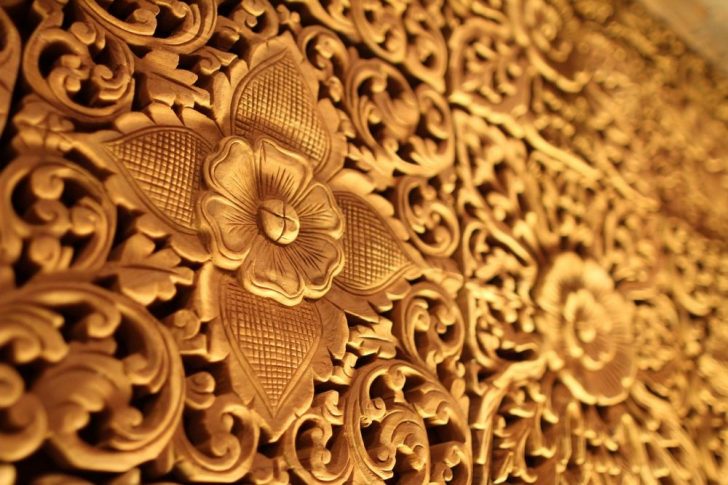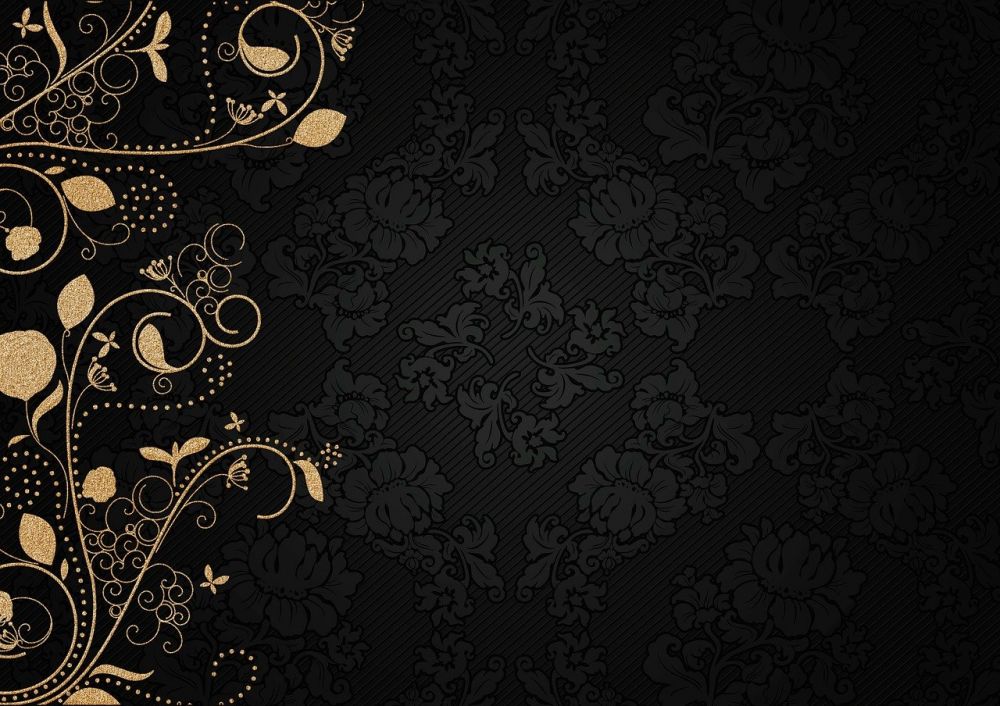Scandinavian Design – En Tidlös Estetik av en Funktionell Skönhet

Introduction
Scandinavian design has long been recognized for its clean lines, simplicity, and functionality. It emerged in the early 20th century as a response to industrialization and the rise of mass production. Characterized by its minimalistic approach, Scandinavian design offers a harmonious blend of practicality and aesthetics. In this article, we will explore the essence of Scandinavian design, its various types, quantitative measurements, differences between them, and a historical examination of their pros and cons.
I. A Comprehensive Overview of Scandinavian Design

At its core, Scandinavian design is all about creating functional, beautiful objects that enhance our everyday lives. It emphasizes the use of natural materials such as wood, leather, and textiles, often in neutral or pastel tones. The design philosophy seeks to achieve simplicity without sacrificing elegance, placing a premium on craftsmanship and quality.
II. An In-Depth Presentation of Scandinavian Design: Types and Popularity
Scandinavian design encompasses various types, each with its own distinctive features. The most renowned is furniture design, exemplified by iconic pieces from designers such as Arne Jacobsen and Hans Wegner. Scandinavian furniture is known for its sleek, organic shapes, ergonomic design, and versatility. Lighting design is another popular aspect, with brands like Louis Poulsen and Muuto crafting minimalist yet innovative lighting solutions. Additionally, home decor, textiles, and fashion also embody the Scandinavian aesthetic.
III. Quantitative Measurements in Scandinavian Design
When it comes to Scandinavian design, numbers can also provide insights. Quantitative measurements, such as the functionality of furniture or the environmental impact of materials, play an essential role in defining the Scandinavian design ethos. For instance, ergonomic studies are conducted to ensure that furniture is not only visually appealing but also comfortable and supportive. Environmental certifications like the Nordic Ecolabel help consumers make sustainable choices.
IV. The Distinctions Among Various Scandinavian Design Styles
Despite the shared principles, Scandinavian design varies across regions and time periods. Danish design, known for its emphasis on organic shapes and warm wood tones, often leans towards modernism. Swedish design, on the other hand, embraces a more minimalist and functional approach, featuring clean lines and light colors. Norwegian design incorporates elements of nature and traditional craftsmanship, paying homage to their heritage.
V. A Historical Examination of the Pros and Cons of Scandinavian Design
Scandinavian design has enjoyed widespread acclaim, but it is not without its critiques. On the positive side, it has proven to withstand the test of time, remaining relevant and in demand for decades. Its focus on functionality ensures that designs are not just aesthetically pleasing but also practical for everyday use. However, some argue that Scandinavian design can sometimes be perceived as cold and lacking in innovation. Furthermore, its popularity has led to mass-produced imitations, diluting the uniqueness of authentic Scandinavian designs.
Conclusion
Scandinavian design continues to captivate individuals worldwide with its harmonious blend of form and function. It is a design movement that exudes a timeless appeal, offering practical yet visually pleasing solutions for everyday living. From furniture and lighting to textiles and home decor, Scandinavian design embodies a sense of simplicity and elegance that transcends borders and eras.
As consumers increasingly seek sustainable and well-crafted products, the demand for Scandinavian design is likely to endure. Its enduring popularity serves as a testament to its timeless aesthetic and commitment to quality. Whether you are furnishing your home or simply appreciating design, Scandinavian design remains a symbol of elegance, functionality, and enduring beauty.
FAQ
How does Scandinavian design differ across regions?
What are the different types of Scandinavian design?
What is Scandinavian design?
Fler nyheter
Guide till att ta passfoto i Vällingby
Introduction Scandinavian design has long been recognized for its clean lines, simplicity, and functionality. It emerged in the early 20th century as a response to industrialization and the rise of mass production. Characterized by its minimalistic a...
05 mars 2025
Köpa konst: en guide för konstsamlare
Introduction Scandinavian design has long been recognized for its clean lines, simplicity, and functionality. It emerged in the early 20th century as a response to industrialization and the rise of mass production. Characterized by its minimalistic a...
04 mars 2025
Jotun-färg: Förnya ert kontor med stil och enkelhet
Introduction Scandinavian design has long been recognized for its clean lines, simplicity, and functionality. It emerged in the early 20th century as a response to industrialization and the rise of mass production. Characterized by its minimalistic a...
03 december 2024











